Wood height 11 3/4in (29.85cm) Provenance: Albert F. Gordon, New York, ca. 1970s Dr. Gilbert Graham, Long Island, NY, ca. 1982 Mauricio Lasansky Iowa City, Iowa An extremely fine mask of hollowed form. The domed-like head having four rows of a raised, zigzag motif with c-shaped ears on each side. A single medial ridge below the overhanging brow, curved and sloping downward forming the snout with open mouth and two small nostrils. Large pierced triangular eyes, surrounded by dual incised lines. Pierced around the upper rim for attachment. Two larger holes on either side of the cheeks for the insertion of a bite-stick. Exceptionally fine dark, encrusted patina, exhibiting much wear overall, attesting to its early age. Cf. Musée Dapper, Paris, France (exhibition "Dogon", Editions Dapper, 1994-13); also published in Yale-Van Rijn Archive of African Art, no. 0009739-01. "The Dogon perform with their dancing masks to honor the passing of a respected elder. This dama dance ceremony will often last for three days and involve dozens of dancers representing figures from the animal world, male and female powers, and the afterworld. Once the dama dance has been performed, the aged bones of the elder are placed high in the windswept cliffs of the sacred caves for the dead, where the red mountains meet the sky in the little known land of the Dogon in southern Mali." (National Geographic; WEB, nd, 2013) "Dogon religion is defined primarily through the worshiping of the ancestors and the spirits whom they encountered as they moved across the Western Sudan. The Awa society is responsible for carrying out the rituals, which allow the deceased to leave the world of the living and enter the world of the dead. Public rites include funerary rites (bago bundo) and the dama ceremony, which marks the end of the mourning period. Awa society members are also responsible for planning the sigui ceremonies, which commence every sixty years to hand on the function of the dead initiates to the new recruits. All of these rites involve masking traditions and are carried out only by initiated males who have learned the techniques needed to impersonate the supernaturals. The leader of the Awa society is the olaburu who is a master of the language of the bush (sigi so). The society is divided in accordance with age-grades, ignoring traditional lineage and hierarchical ordering within the village." (University of Iowa; WEB, nd, 2013) "Like us, the Dogon have experienced various degrees of teaching. Like us, they have classified their discourse into various categories of 'speech', which encompasses everything we call their "oral literature." We must distinguish the explanations they give concerning the meanings of prayers, mottos, invocations, and the like, which are pronounced during public ceremonies, from the stories, proverbs, and legends that they recite to relatives and friends, generally in the evening. All are related to the level of knowledge of their hearers, and to their willingness to be taught. All the levels are valid. A procession of masks represents the ensemble of the universe. Of course, the walu represents an animal of the forest that one hunts and kills in order to eat... but the mask also represents an antelope ancestor that played the mythic role described briefly above. Similarly, the "old woman" mask represents any aged woman, maintaining her place in society. But she is also the symbol of Amma's deputy who intervened during the Dogon migration. This event is described in the legendary history of the Arou, the Dogon group that assumed supreme authority and has preserved it to this day (Dieterlen 1982). The "healer" mask is a specialist who treats the sick, but more important it represents the first healer, the ancestor who cured the walu. Other examples of the multiplicity of meanings of Dogon masks abound. The hare mask and two masks representing birds are symbols of game pursued by hunters. First and foremost, however, they are three myth
Wood height 11 3/4in (29.85cm) Provenance: Albert F. Gordon, New York, ca. 1970s Dr. Gilbert Graham, Long Island, NY, ca. 1982 Mauricio Lasansky Iowa City, Iowa An extremely fine mask of hollowed form. The domed-like head having four rows of a raised, zigzag motif with c-shaped ears on each side. A single medial ridge below the overhanging brow, curved and sloping downward forming the snout with open mouth and two small nostrils. Large pierced triangular eyes, surrounded by dual incised lines. Pierced around the upper rim for attachment. Two larger holes on either side of the cheeks for the insertion of a bite-stick. Exceptionally fine dark, encrusted patina, exhibiting much wear overall, attesting to its early age. Cf. Musée Dapper, Paris, France (exhibition "Dogon", Editions Dapper, 1994-13); also published in Yale-Van Rijn Archive of African Art, no. 0009739-01. "The Dogon perform with their dancing masks to honor the passing of a respected elder. This dama dance ceremony will often last for three days and involve dozens of dancers representing figures from the animal world, male and female powers, and the afterworld. Once the dama dance has been performed, the aged bones of the elder are placed high in the windswept cliffs of the sacred caves for the dead, where the red mountains meet the sky in the little known land of the Dogon in southern Mali." (National Geographic; WEB, nd, 2013) "Dogon religion is defined primarily through the worshiping of the ancestors and the spirits whom they encountered as they moved across the Western Sudan. The Awa society is responsible for carrying out the rituals, which allow the deceased to leave the world of the living and enter the world of the dead. Public rites include funerary rites (bago bundo) and the dama ceremony, which marks the end of the mourning period. Awa society members are also responsible for planning the sigui ceremonies, which commence every sixty years to hand on the function of the dead initiates to the new recruits. All of these rites involve masking traditions and are carried out only by initiated males who have learned the techniques needed to impersonate the supernaturals. The leader of the Awa society is the olaburu who is a master of the language of the bush (sigi so). The society is divided in accordance with age-grades, ignoring traditional lineage and hierarchical ordering within the village." (University of Iowa; WEB, nd, 2013) "Like us, the Dogon have experienced various degrees of teaching. Like us, they have classified their discourse into various categories of 'speech', which encompasses everything we call their "oral literature." We must distinguish the explanations they give concerning the meanings of prayers, mottos, invocations, and the like, which are pronounced during public ceremonies, from the stories, proverbs, and legends that they recite to relatives and friends, generally in the evening. All are related to the level of knowledge of their hearers, and to their willingness to be taught. All the levels are valid. A procession of masks represents the ensemble of the universe. Of course, the walu represents an animal of the forest that one hunts and kills in order to eat... but the mask also represents an antelope ancestor that played the mythic role described briefly above. Similarly, the "old woman" mask represents any aged woman, maintaining her place in society. But she is also the symbol of Amma's deputy who intervened during the Dogon migration. This event is described in the legendary history of the Arou, the Dogon group that assumed supreme authority and has preserved it to this day (Dieterlen 1982). The "healer" mask is a specialist who treats the sick, but more important it represents the first healer, the ancestor who cured the walu. Other examples of the multiplicity of meanings of Dogon masks abound. The hare mask and two masks representing birds are symbols of game pursued by hunters. First and foremost, however, they are three myth
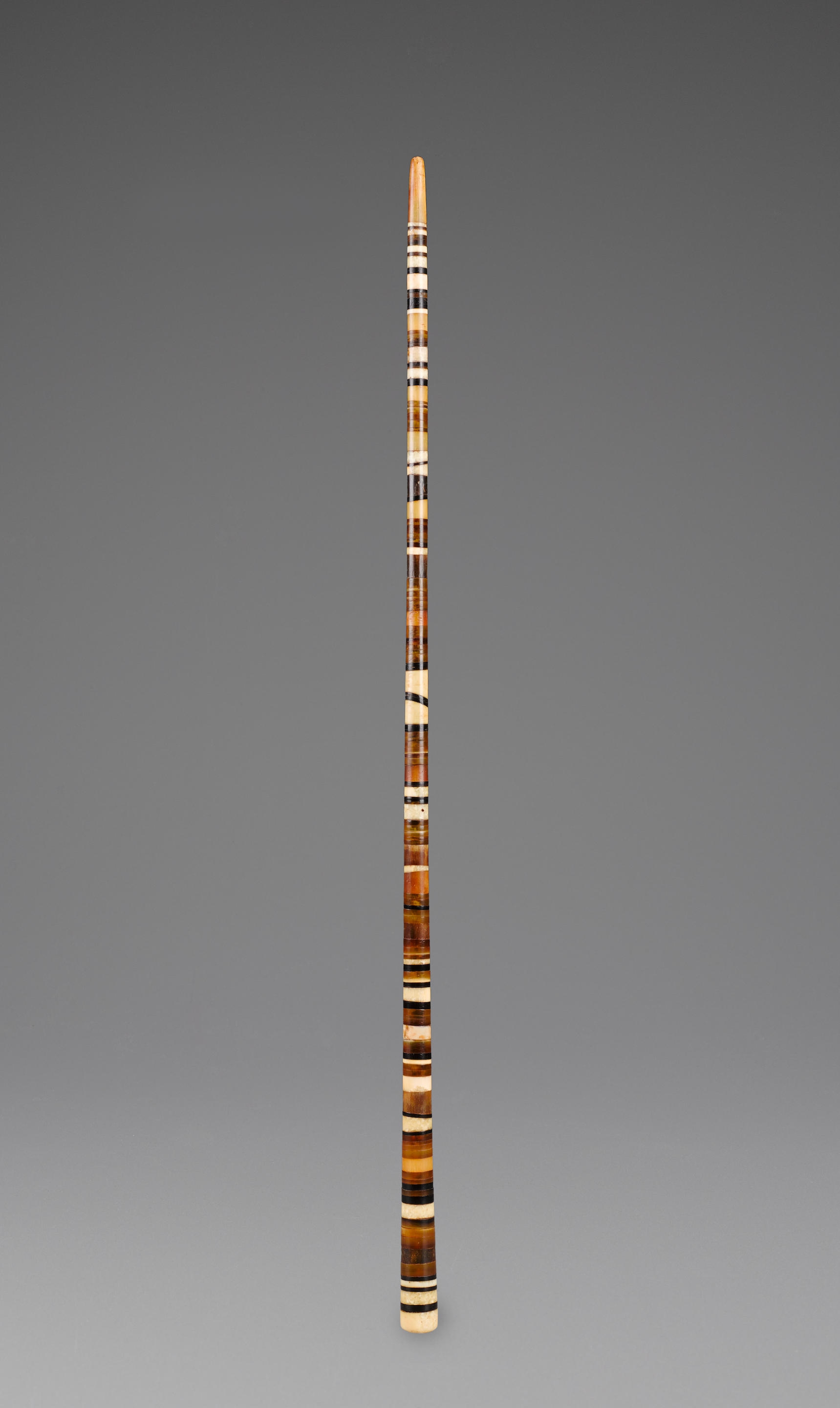
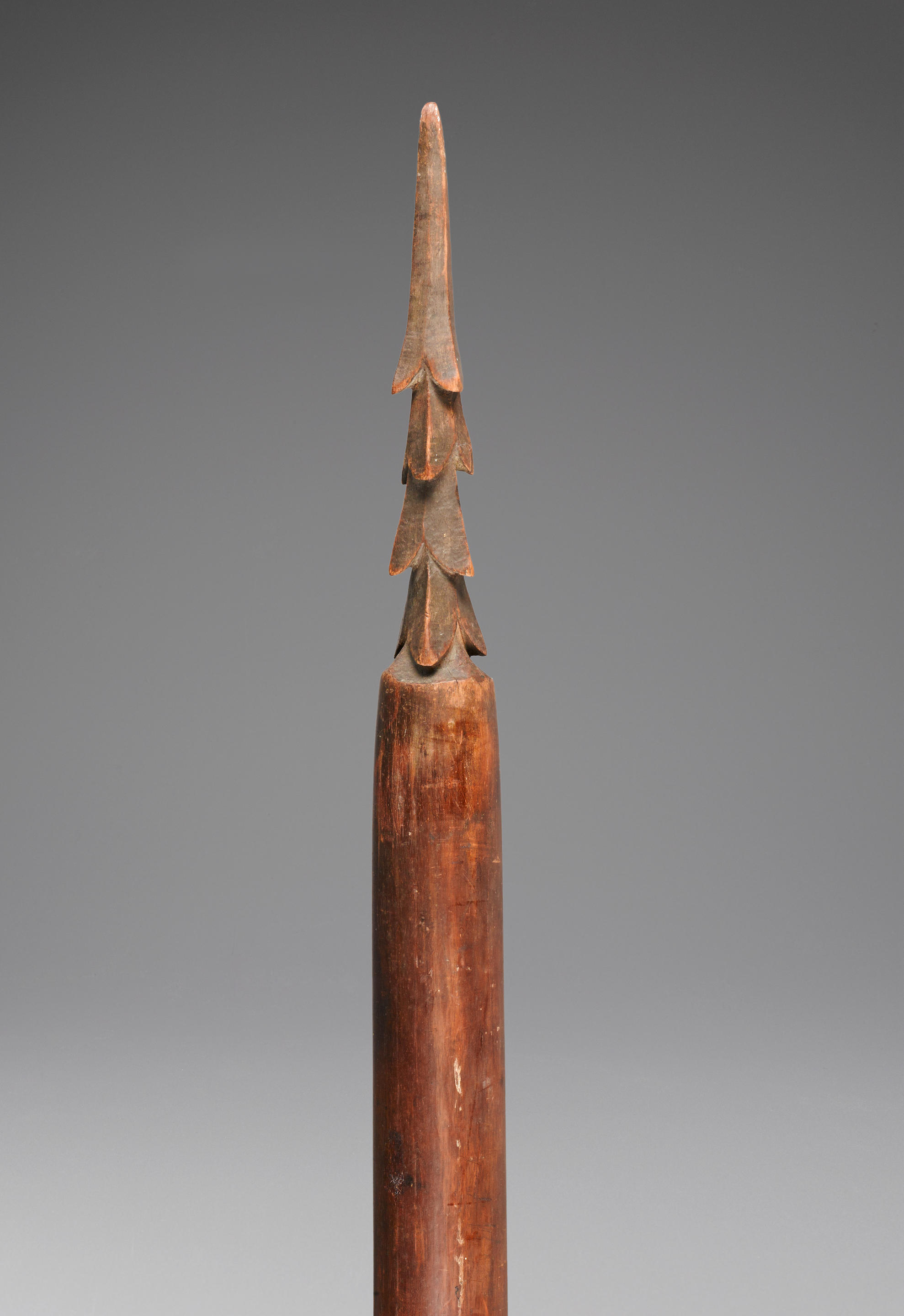
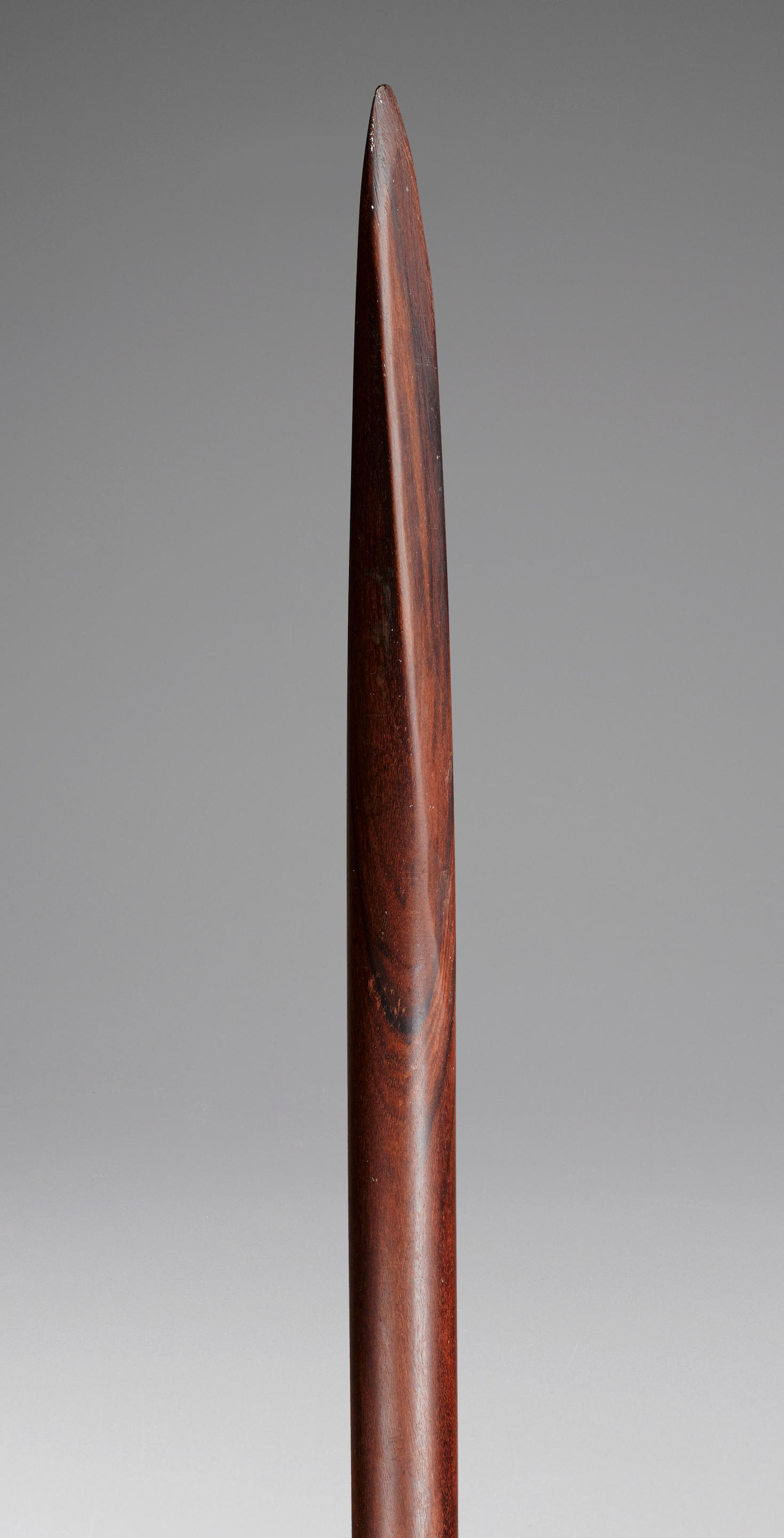
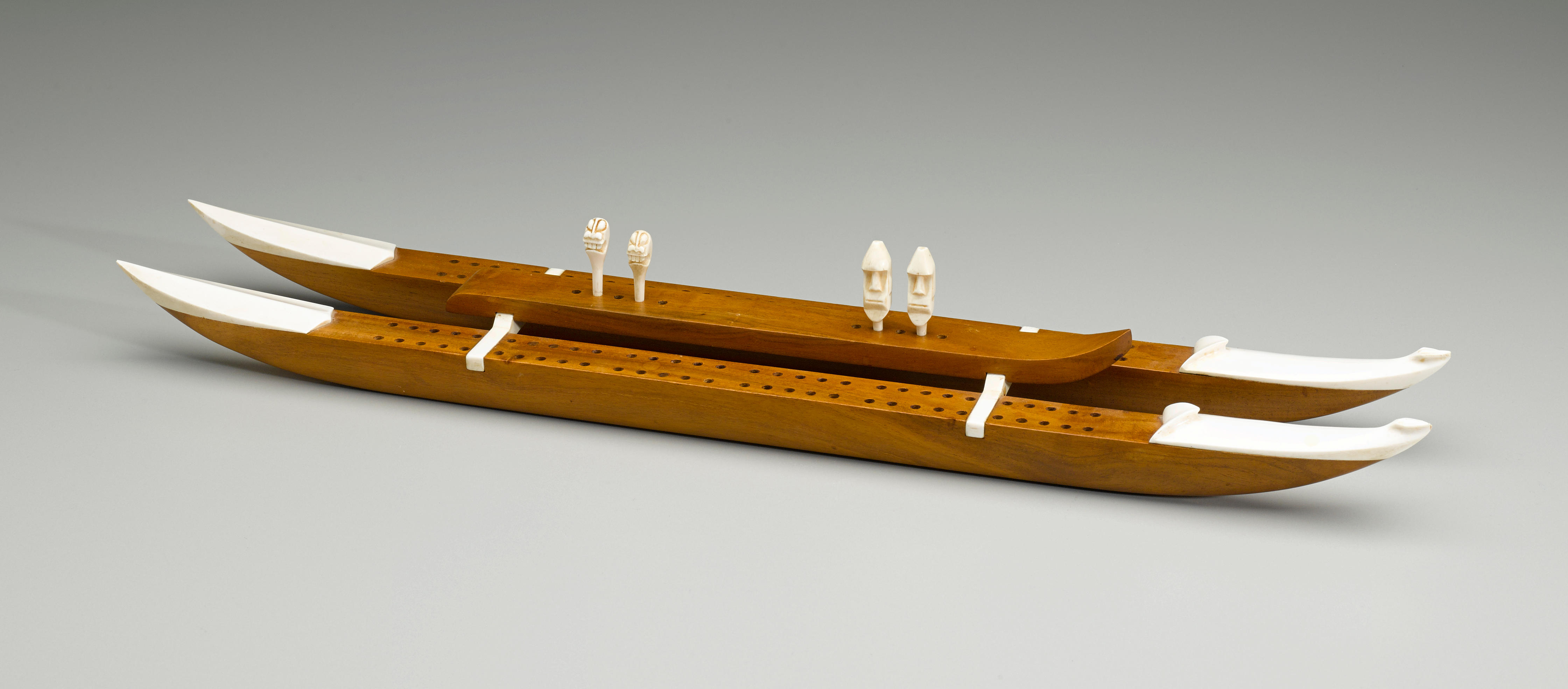
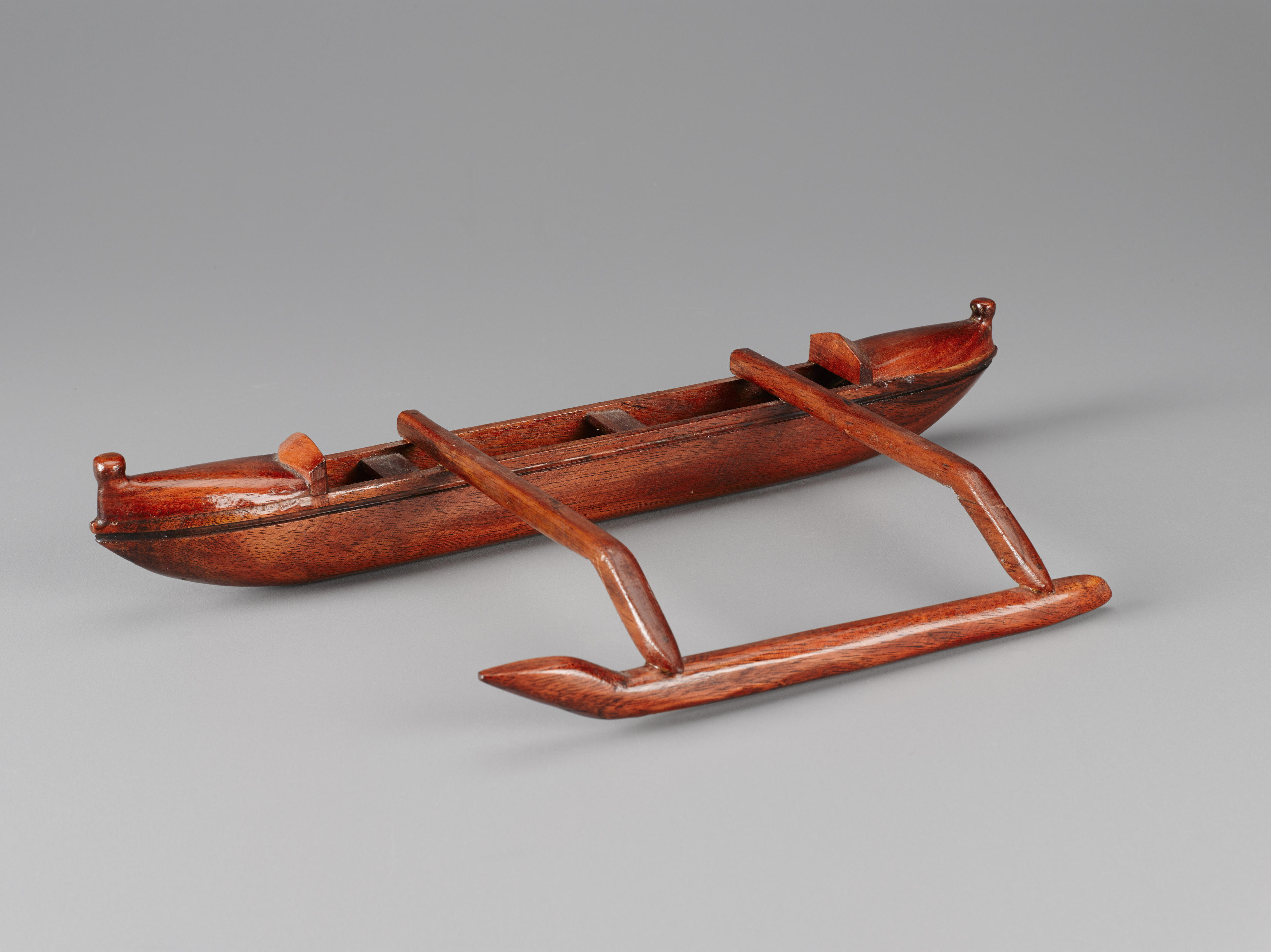
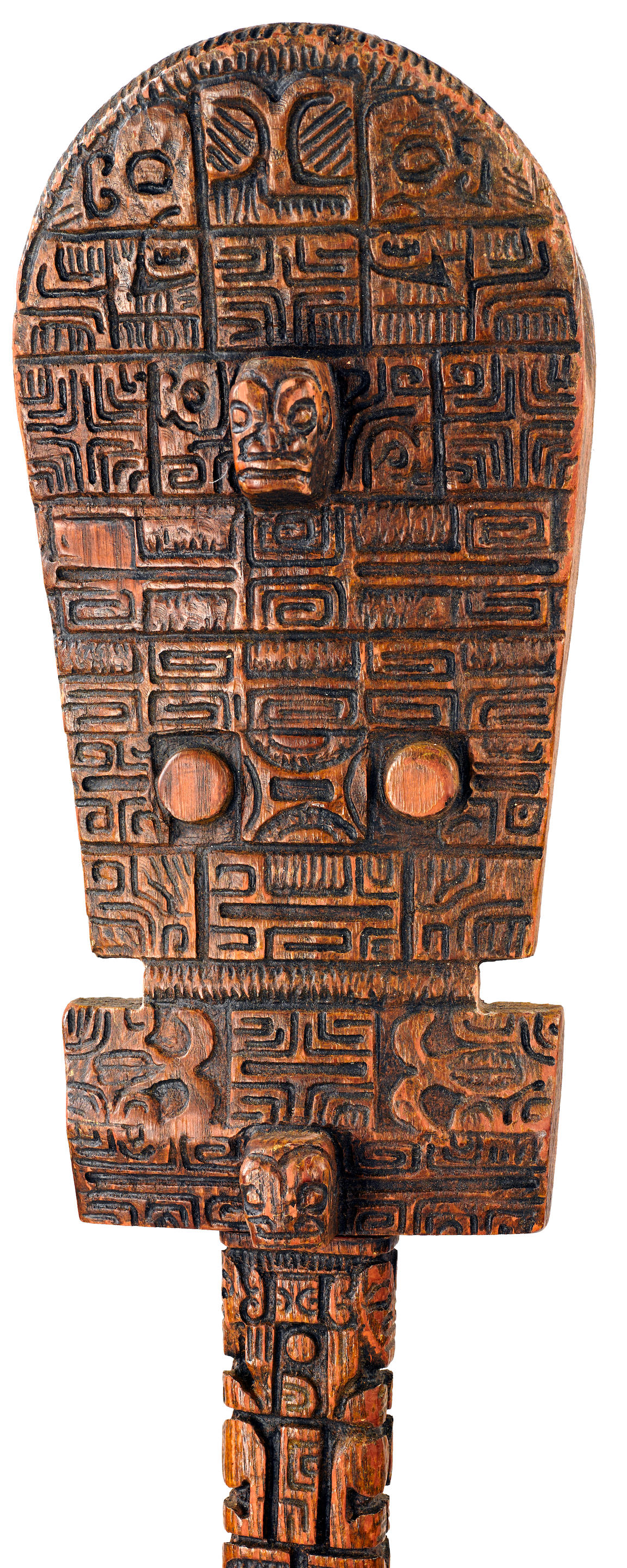
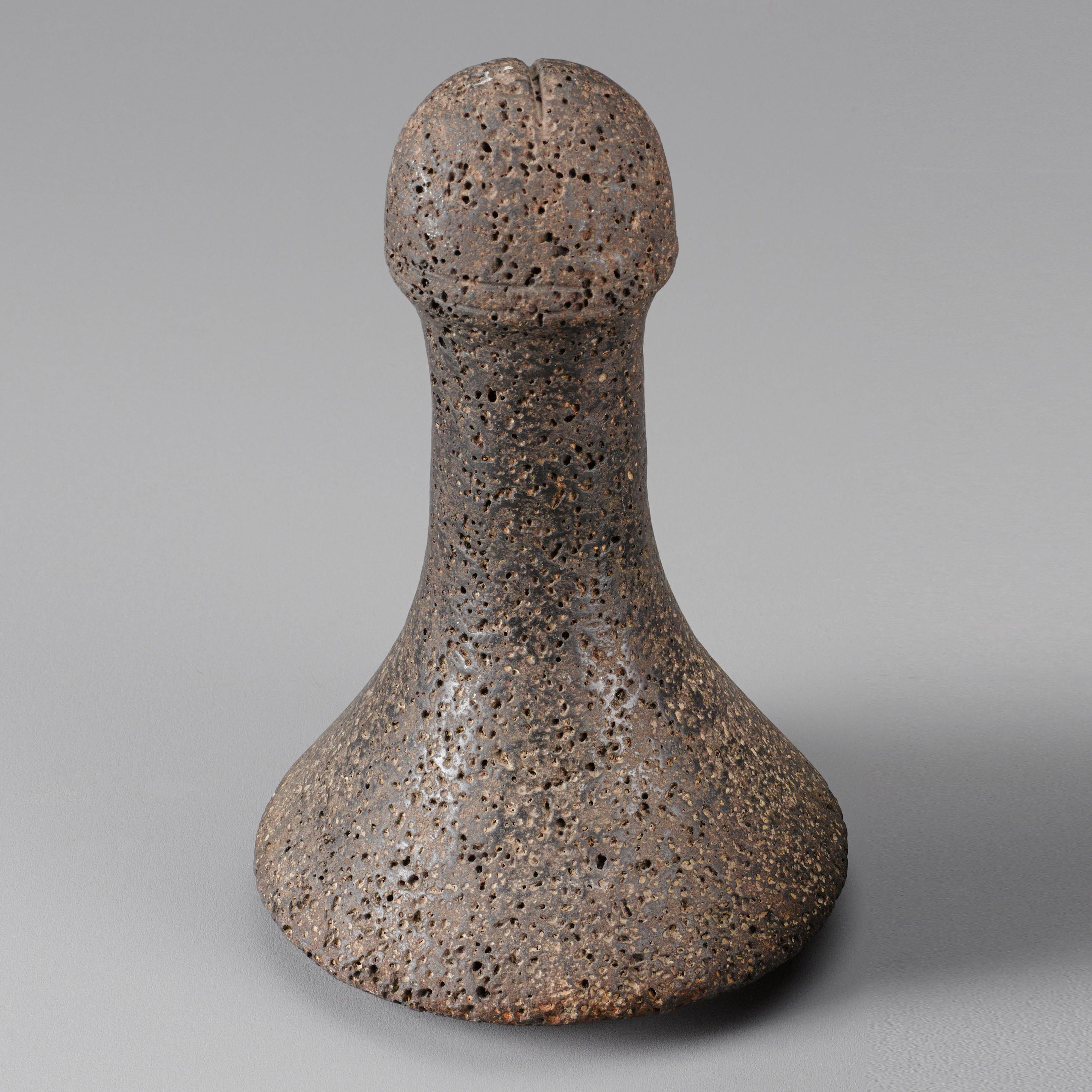
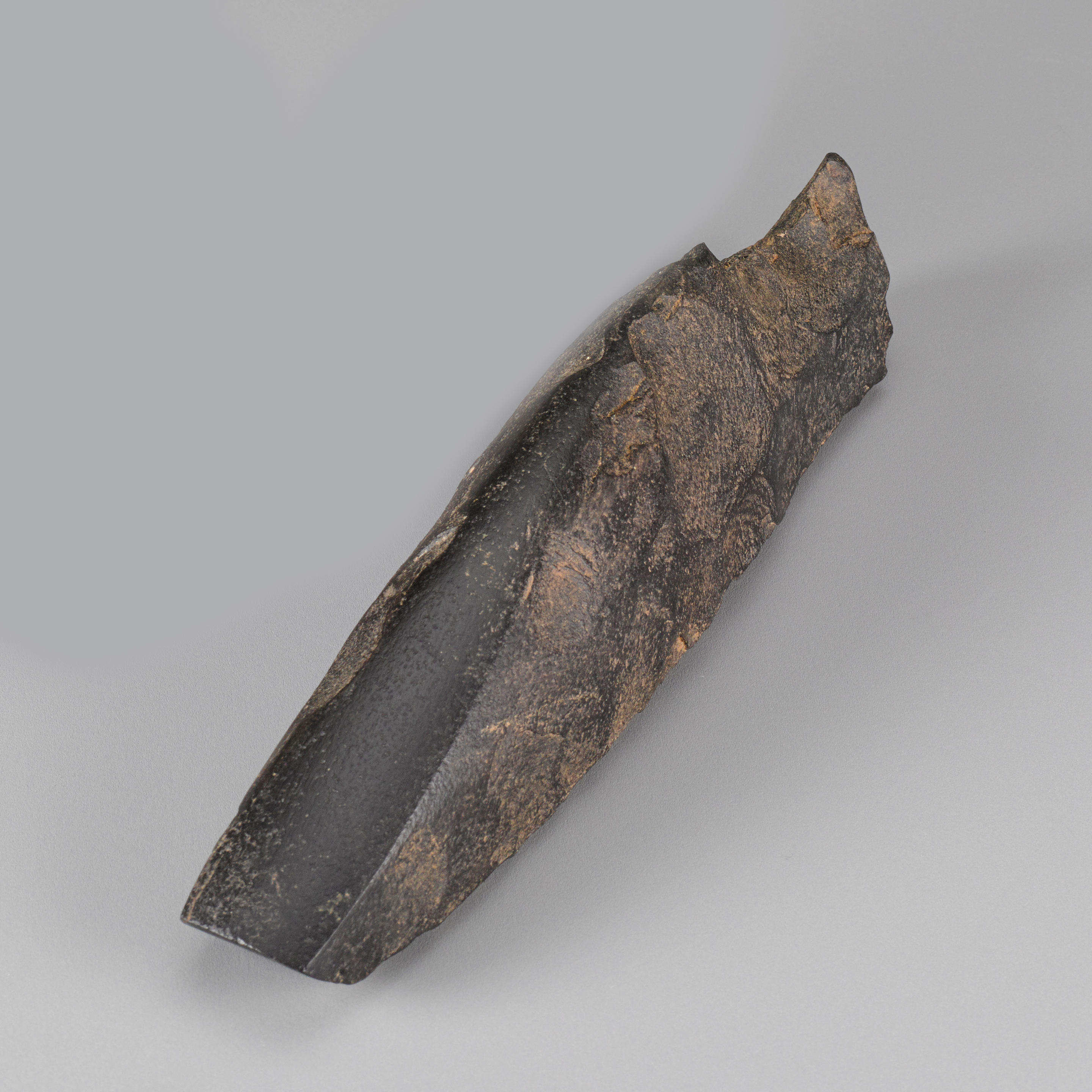
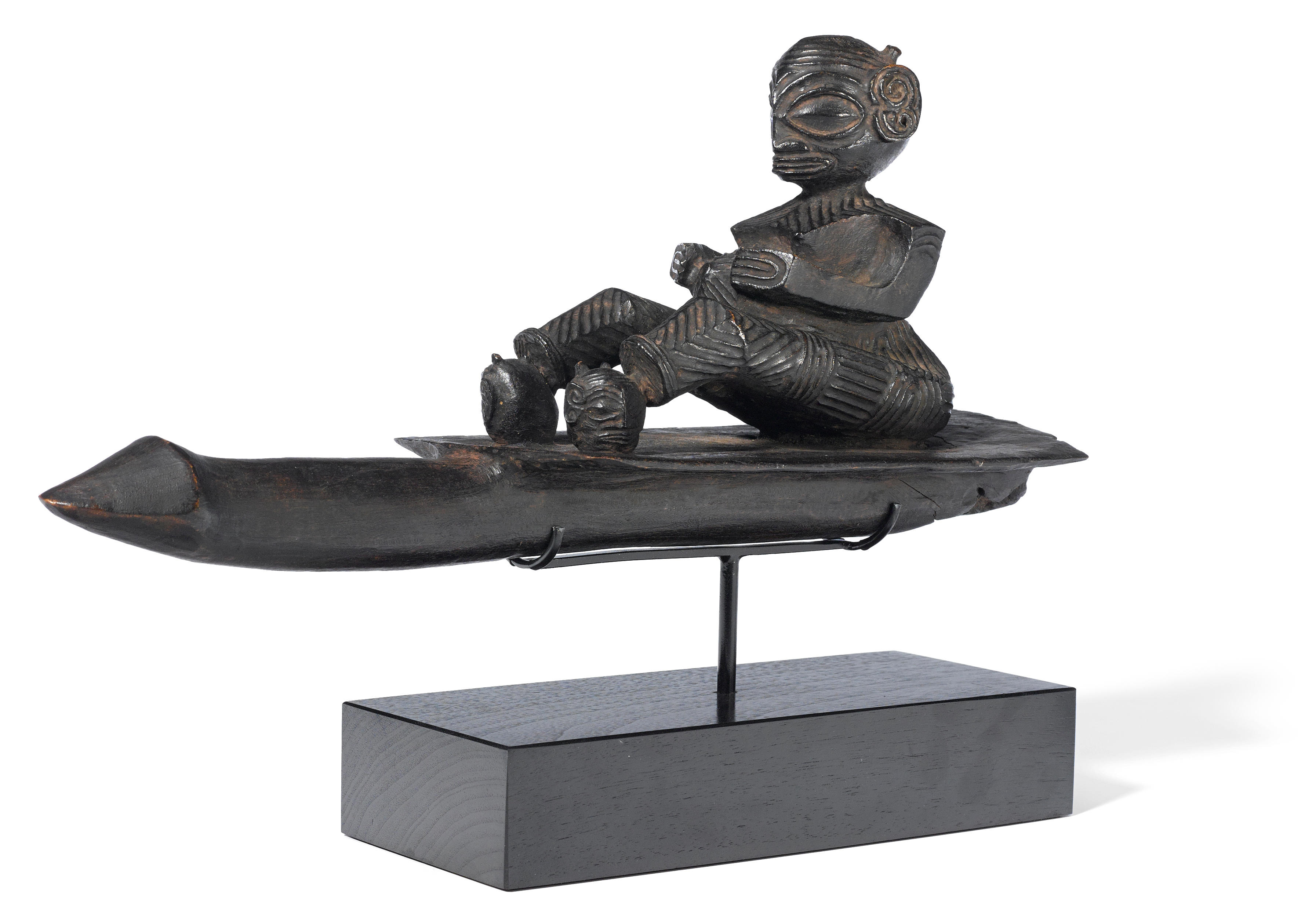


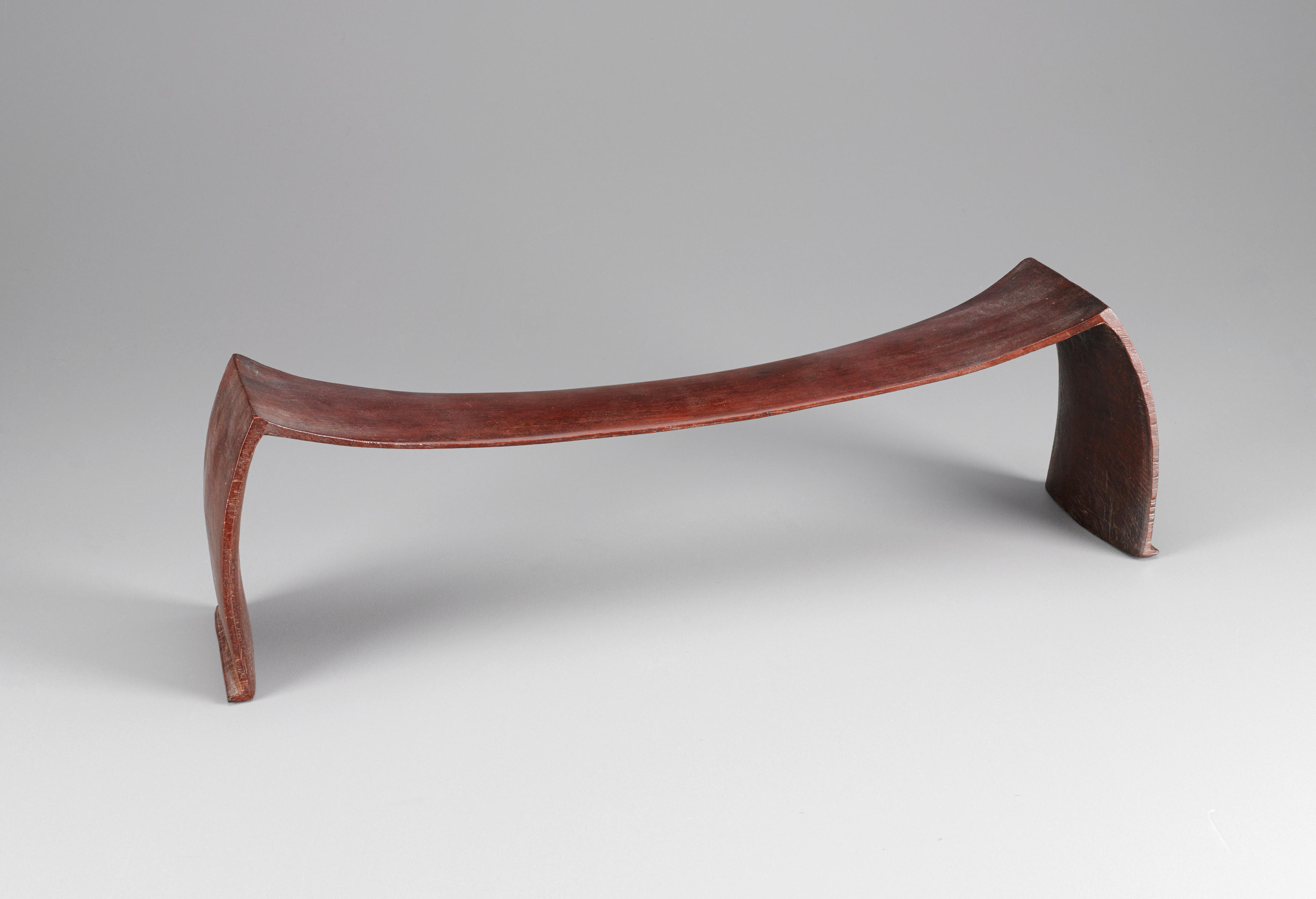
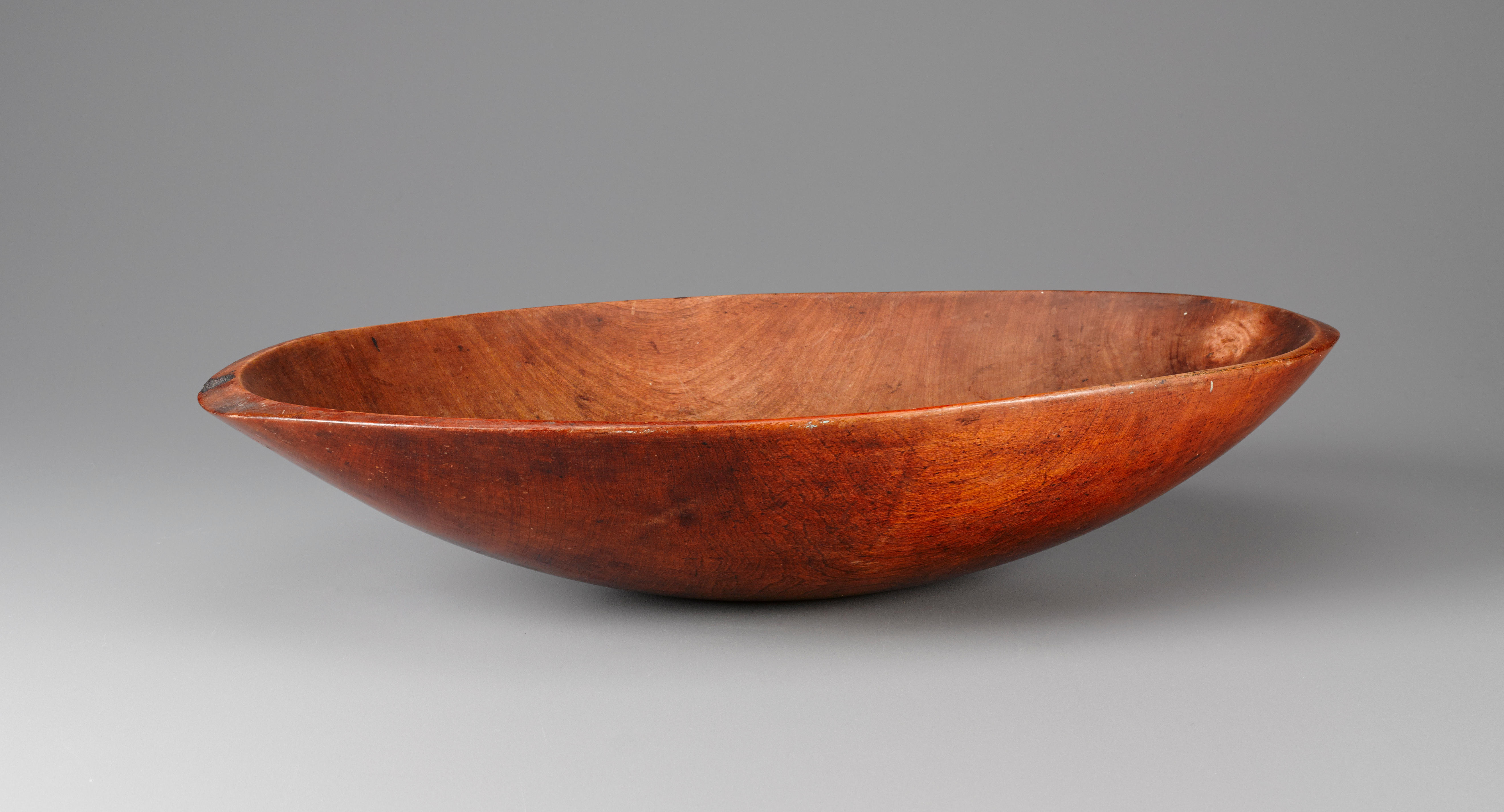


Testen Sie LotSearch und seine Premium-Features 7 Tage - ohne Kosten!
Lassen Sie sich automatisch über neue Objekte in kommenden Auktionen benachrichtigen.
Suchauftrag anlegen